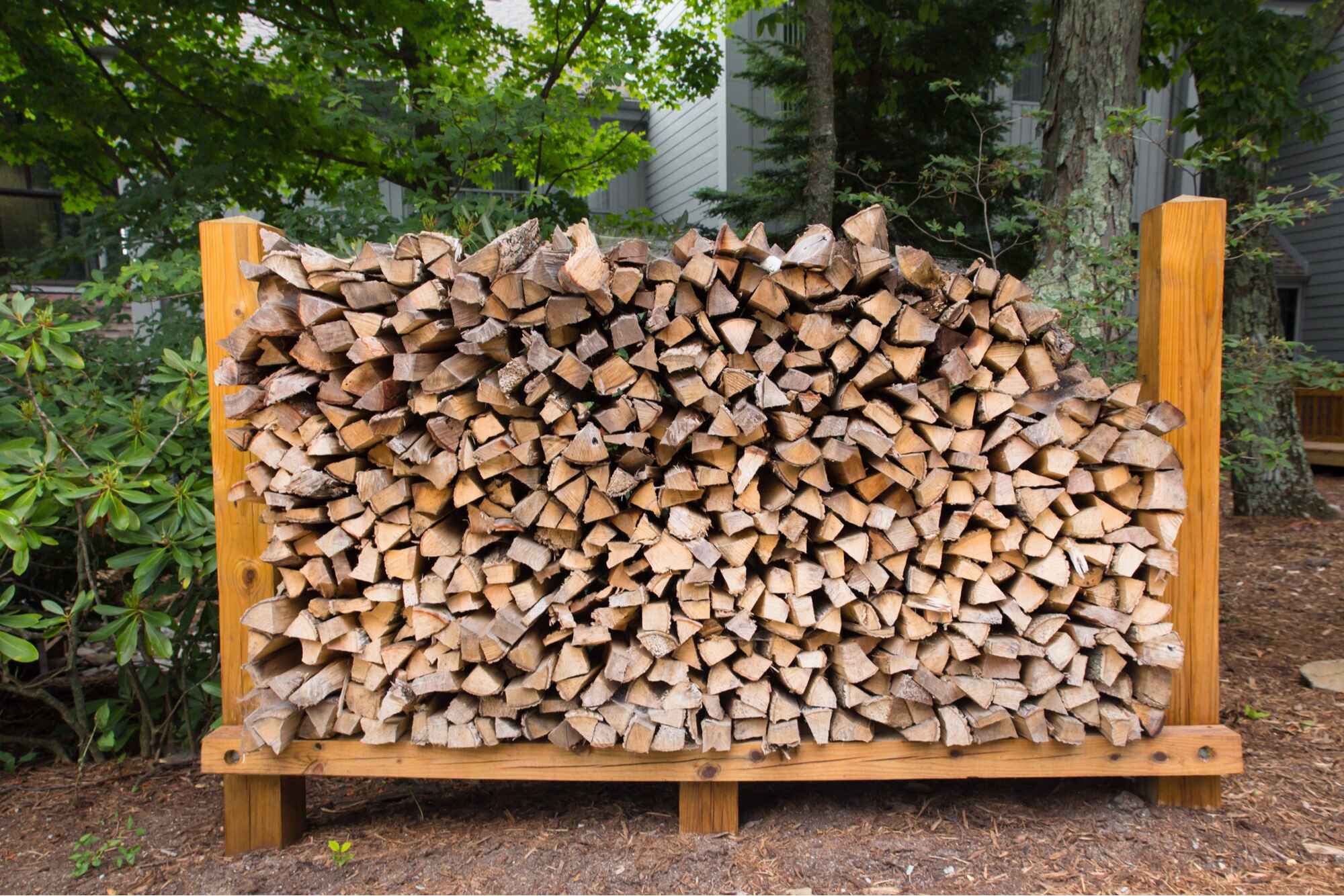

Articles
How To Store Wood Outside
Modified: January 5, 2024
Learn how to properly store wood outside with our informative articles. Find tips and techniques to ensure your wood stays protected and in good condition.
(Many of the links in this article redirect to a specific reviewed product. Your purchase of these products through affiliate links helps to generate commission for Storables.com, at no extra cost. Learn more)
Introduction
Storing wood outside can be a practical solution for homeowners, especially those with limited indoor storage space or who regularly use wood for various purposes, such as heating or woodworking projects. However, when it comes to storing wood outdoors, there are important factors to consider in order to protect the wood from damage and ensure its longevity.
In this article, we will discuss the different aspects of storing wood outside, from selecting the right type of wood to the proper techniques for preparing and protecting it from the elements. Whether you’re storing firewood for your fireplace or lumber for your next DIY project, following these guidelines will help keep your wood in optimal condition.
Key Takeaways:
- Properly selecting, preparing, and maintaining outdoor wood storage is essential for protecting the wood from decay, insects, and the elements. Choosing the right wood type, location, and shelter, as well as regular inspection and maintenance, ensures longevity and quality.
- Prioritizing safety, organization, and protection when handling and storing wood outside is crucial for maintaining its integrity and usability. Proper stacking, shelter construction, and regular maintenance safeguard the wood from moisture, decay, and insect infestation, ensuring optimal condition for future use.
Read more: How To Store Tires Outside
Selecting the Right Type of Wood
Choosing the right type of wood is crucial when it comes to outdoor storage. Not all wood is suitable for exposed environments, as some varieties are more resistant to moisture, pests, and decay than others. Here are a few wood options that are commonly used for outdoor storage:
- Cedar: Cedar is known for its natural resistance to rot, decay, and insects. It is an excellent choice for outdoor wood storage due to its durability.
- Pressure-Treated Wood: Pressure-treated wood has been chemically treated to resist decay and insect damage. It is a popular choice for outdoor projects and wood storage.
- Hardwoods: Some hardwoods, such as oak or teak, have natural properties that make them resistant to decay and rot. They are a good option for outdoor storage, but they can be more expensive.
- Locally-Sourced Woods: Choosing wood that is native to your region can be beneficial, as these species are often better adapted to the local climate and conditions.
When selecting wood for outdoor storage, avoid using softwoods like pine or spruce, as they are more susceptible to rot and decay. Additionally, make sure the wood is properly seasoned and has a low moisture content to prevent warping or splitting during storage.
Before purchasing wood, consult with a knowledgeable professional or do your research to ensure you are selecting the right type of wood for your specific needs and the climate in your area.
Preparing the Wood for Outdoor Storage
Before you store wood outside, it’s essential to prepare the wood to enhance its durability and protect it from potential damage. Taking the time to properly prepare the wood will ensure that it stays in good condition throughout its storage period. Here are some steps to follow when preparing wood for outdoor storage:
- Remove Bark and Loose Debris: Before storing the wood, remove any loose bark, twigs, or debris that may be attached to it. Cleaning the surface of the wood will help prevent insects or pests from infesting it.
- Apply Wood Preservative: Consider treating the wood with a wood preservative. These solutions can help protect the wood from moisture, rot, and insect damage. Follow the instructions on the preservative product carefully, and ensure the wood is completely dry before applying.
- Seal the Ends: If you are storing lumber or large pieces of wood, it’s recommended to seal the ends with a high-quality wood sealer or wax. Sealing the ends will slow down the drying process and reduce the chances of cracking or splitting.
- Stack the Wood Properly: Stack the wood in a way that promotes proper airflow and reduces the risk of moisture accumulation. Allow for gaps between the wood pieces to facilitate air circulation.
It’s important to note that if you are storing firewood, it is best to store it in a separate location from other types of wood, as firewood storage requires additional considerations, such as maintaining proper moisture content and allowing for sufficient airflow.
By following these preparation steps, you can safeguard your wood against potential damage and ensure that it remains in good condition during outdoor storage. Proper preparation will extend the lifespan of the wood and ensure it is ready for use when you need it.
Choosing the Right Location
When it comes to storing wood outside, selecting the right location is crucial to protect the wood from the elements and ensure its longevity. Here are some factors to consider when choosing the right location for your outdoor wood storage:
- Avoid Direct Ground Contact: It’s important to avoid placing the wood directly on the ground, as this can lead to moisture absorption and decay. Use pallets, concrete blocks, or other elevated surfaces to keep the wood off the ground.
- Consider Sun Exposure: Choose a location that provides some shade to protect the wood from prolonged exposure to the sun. Direct sunlight can cause drying and warping of the wood, so a partially shaded area is ideal.
- Provide Adequate Airflow: Ensure that the location allows for proper air circulation around the wood. Good airflow helps to prevent moisture buildup and reduce the chances of mold or rot.
- Protection from Rain and Snow: Find a spot that offers some protection from rain and snow. A covered area, such as under an overhang or a roof, can provide additional protection from water damage.
- Away from Structures: Keep your wood storage area away from any structures or buildings to minimize the risk of fire spreading. It is also important to check your local fire safety regulations and guidelines.
It’s worth noting that the location should be easily accessible for you to retrieve the wood when needed. Consider proximity to your home or workspace, as well as any convenience factors that make it easier to transport the wood.
By carefully selecting the right location for your wood storage, you can help prevent damage from moisture, sun, and other elements, ensuring that your wood remains in good condition and ready to use when the time comes.
Constructing a Shelter or Cover for the Wood
One effective way to protect your outdoor wood storage is by constructing a shelter or cover to shield it from the elements. Having a dedicated structure not only provides added protection but also helps in organizing and maintaining the wood. Here are some considerations when constructing a shelter or cover for your wood:
- Type of Shelter: Determine the type of shelter that best suits your needs and available space. Popular options include wood sheds, lean-tos, or simple roof structures.
- Size and Capacity: Calculate the appropriate size of the shelter based on the amount of wood you plan to store. Ensure there is enough space for airflow and easy access.
- Roof Design: Choose a roof design that provides adequate coverage and protects the wood from rain or snow. A sloped roof with overhangs is effective in redirecting water away from the woodpile.
- Materials: Select durable and weather-resistant materials for the shelter, such as pressure-treated wood or metal. Ensure proper construction techniques to make the shelter sturdy and long-lasting.
- Ventilation: Incorporate ventilation options, such as vents or gaps in the structure, to encourage airflow and prevent moisture buildup. This helps the wood dry properly and reduces the risk of mold or rot.
- Accessibility: Design the shelter with easy access in mind. Consider factors such as proximity to your home, space for wheelbarrows or carts, and convenient pathways or entrances.
It is important to check local regulations and obtain any necessary permits before constructing a wood storage shelter to ensure compliance with building codes and regulations.
An alternative option to consider is using a tarp or cover if constructing a shelter is not feasible. Make sure to securely fasten the tarp or cover to protect the wood from direct rain or snow exposure.
By constructing a shelter or cover for your outdoor wood storage, you can effectively shield the wood from the elements, prolong its lifespan, and maintain its quality for future use.
To store wood outside, use a raised platform or pallets to keep it off the ground, cover it with a tarp to protect it from the elements, and leave space between the stacks for air circulation.
Read more: How To Store A Snowblower Outside
Storing Wood in a Stacking Method
Properly stacking your wood is essential for efficient storage, airflow, and easy access. A well-organized woodpile not only saves space but also ensures that the wood dries evenly and remains in good condition. Here are some tips for storing wood in a stacking method:
- Create a Stable Base: Start by creating a stable base for your woodpile. Level the ground or use a solid, flat surface to prevent the wood from shifting or toppling over.
- Stack in Rows or Columns: Stack the wood in rows or columns, keeping each layer parallel and evenly aligned. This helps distribute the weight and maintain stability.
- Allow for Airflow: Leave gaps between the wood pieces to allow for proper airflow. Good ventilation helps the wood dry out and prevents moisture accumulation that can lead to mold or decay.
- Alternate Directions: When stacking multiple rows or columns, alternate the direction of the wood. This interlocking pattern improves stability and prevents the woodpile from leaning or collapsing.
- Stack Similar Sizes Together: Group wood pieces with similar sizes and dimensions together to create a neat and organized appearance. This also makes it easier to find the wood you need later on.
- Avoid Overstacking: Do not overstack the woodpile beyond a manageable height. A excessively tall pile can be unstable and difficult to access when needed.
To protect the bottom layer of wood from ground moisture, consider using pallets or elevated platforms as a base. This helps prevent the wood from absorbing moisture and reduces the risk of decay.
Remember to periodically check the woodpile for any signs of pest infestation or decay. Remove any damaged or deteriorated wood to prevent further spread and maintain the overall health of the stored wood.
By following these stacking methods, you can optimize your wood storage space, ensure proper drying, and easily access the wood you need when it’s time to use it.
Properly Handling and Stacking Wood Pieces
When it comes to storing and stacking wood, proper handling techniques are crucial to ensure safety, minimize damage, and maintain the quality of the wood. Here are some guidelines to follow when handling and stacking wood pieces:
- Wear Protective Gear: When handling wood, especially larger pieces or rough-cut lumber, always wear appropriate protective gear such as gloves and safety goggles. This helps prevent injuries and splinters.
- Use Proper Lifting Techniques: Lift wood pieces using your leg muscles, not your back, to avoid strains or injuries. Bend your knees and keep your back straight when lifting heavy logs or planks.
- Stack Wood Neatly: Take the time to stack wood neatly and evenly, as this ensures stability and reduces the risk of the pile collapsing. Avoid leaning or haphazardly placing wood against the stack.
- Avoid Creating Trip Hazards: Keep the woodpile organized and free of scattered pieces to prevent tripping or falling accidents. Remove any obstructions or debris around the wood storage area.
- Separate Different Types of Wood: If you are storing different types of wood, such as firewood and construction lumber, it is recommended to keep them in separate sections. This prevents cross-contamination and simplifies access to specific wood types when needed.
- Consider Weight Distribution: Distribute the weight evenly throughout the woodpile to maintain balance and stability. Avoid placing heavy logs or larger pieces on top of small, fragile pieces that may get crushed.
- Protect Wood from Ground Contact: Ensure that the bottom layer of the woodpile is elevated slightly off the ground to prevent ground moisture absorption. This can be achieved by using pallets or other suitable materials.
Additionally, it’s important to consider the long-term storage needs of the wood. If you plan on storing wood for an extended period, periodically rotating the pieces can help prevent excessive moisture buildup and maintain their quality.
By following these proper handling and stacking techniques, you can minimize the risk of accidents, maintain the integrity of the wood, and ensure easy access to your stored wood pieces.
Maintaining and Protecting Wood from the Elements
To ensure the longevity and quality of stored wood, it is essential to implement proper maintenance and protection strategies. By taking proactive measures to safeguard the wood from the elements, you can prevent damage and preserve its usability. Here are some tips for maintaining and protecting wood from the elements:
- Regular Inspection: Conduct regular inspections of the woodpile to identify any signs of decay, insect infestation, or mold growth. Promptly remove any affected wood to prevent further damage.
- Keep Wood Dry: It is vital to keep the wood as dry as possible to prevent rot. Cover the woodpile with a waterproof tarp or use a dedicated wood shed to shield it from rain and snow.
- Ensure Adequate Air Circulation: Proper airflow is essential to reduce moisture buildup and prevent mold growth. Avoid tightly stacking wood pieces together, as this can hinder air circulation. Leave gaps between the pieces to allow for ventilation.
- Apply a Wood Sealer: Consider applying a wood sealer or protector to the exposed surfaces of the wood. This protective coating helps repel water and prevents moisture penetration.
- Protect from UV Rays: Prolonged exposure to sunlight can cause discoloration and degradation of the wood. If possible, position the woodpile in a shaded area or use a UV-resistant coating to protect the wood from the sun’s harmful rays.
- Control Moisture Levels: Monitor the moisture content of the stored wood using a moisture meter. Ideally, wood for outdoor storage should have a moisture content between 15% and 20%. This helps prevent excessive drying or moisture-related issues.
- Regularly Remove Debris: Remove any leaves, twigs, or debris that accumulate on the woodpile. Decomposing organic matter can create a favorable environment for rot and insect activity.
- Address Insect Infestations: Keep an eye out for signs of insect activity, such as small holes or sawdust near the woodpile. If you detect an infestation, consider using appropriate insecticides or seek professional assistance to address the issue.
Implementing these maintenance and protection measures will help to ensure that your stored wood remains in excellent condition for an extended period. Regular care and vigilance are key to preserving the integrity and usability of the wood.
Regular Inspection and Maintenance of Stored Wood
Performing regular inspections and maintenance on your stored wood is crucial to identify and address any issues promptly. By staying proactive and vigilant, you can ensure the longevity and quality of the wood. Here are some steps to follow for regular inspection and maintenance:
- Check for Moisture Levels: Monitor the moisture content of the wood using a moisture meter. High moisture levels can lead to mold growth or decay, while excessively dry wood may become brittle. Aim for a moisture content of 15% to 20% for optimal storage conditions.
- Look for Signs of Decay: Inspect the wood regularly for any signs of decay or rot, such as soft spots, discolored areas, or a musty odor. Promptly remove and replace any compromised wood to prevent further spread.
- Inspect for Insect Infestations: Check for signs of insects, such as small holes, sawdust, or insect activity around the woodpile. If you detect an infestation, take appropriate measures to address it, such as using insecticides or seeking professional help.
- Remove Debris: Regularly remove leaves, twigs, and other debris that may accumulate on the woodpile. Decomposing organic matter can create a favorable environment for decay or attract pests.
- Inspect for Mold or Mildew: Look for any signs of mold or mildew growth on the wood. If you notice any, take immediate action to remove the affected wood and address the underlying cause, such as inadequate ventilation.
- Check for Warping or Splitting: Examine the wood for any warping, splitting, or cracking. These issues may be caused by improper stacking, excessive moisture exposure, or other factors. Remove any damaged pieces and make adjustments to prevent further damage.
- Apply Wood Preservative: Consider reapplying a wood preservative periodically to enhance the wood’s resistance to moisture, decay, and insect damage. Follow the manufacturer’s instructions for application and ensure the wood is clean and dry beforehand.
- Reorganize the Woodpile: Occasionally reorganize the woodpile to promote even drying and airflow. This helps prevent moisture buildup and ensures the wood dries out properly.
By conducting regular inspections and promptly addressing any issues that arise, you can maintain the quality and integrity of the stored wood. Consistent maintenance will help prolong the lifespan of the woodpile and ensure that it remains in excellent condition for use when needed.
Read more: How To Store A Motorcycle Outside
Conclusion
Storing wood outside can be a practical solution for homeowners, but it requires careful consideration and proper techniques to protect the wood from the elements. By selecting the right type of wood, preparing it for outdoor storage, choosing a suitable location, and constructing a shelter or cover, you can ensure the longevity and quality of your stored wood. Additionally, following proper handling and stacking methods, as well as maintaining and protecting the wood from the elements through regular inspection and maintenance, will further enhance its durability.
Remember to select wood that is suitable for outdoor storage, such as cedar or pressure-treated wood, and properly prepare it by removing debris, applying wood preservative, and sealing the ends. Choose a location that provides some shade, proper airflow, and protection from rain and snow. Construct a shelter or cover, or use tarps, to shield the woodpile from the elements.
When handling and stacking wood, prioritize safety and organization. Wear protective gear, lift with proper techniques, and stack the wood neatly, allowing for adequate airflow. Maintain and protect the wood by regularly inspecting for decay, insects, or mold, and by addressing any issues promptly. Control moisture levels, remove debris, and apply wood preservatives as needed.
By consistently implementing these guidelines, you can ensure that your stored wood remains in excellent condition, ready to be used for heating, woodworking projects, or any other purposes. Taking the time to properly store and maintain your wood will save you time and money in the long run while ensuring the best quality results for your wood-related endeavors.
Frequently Asked Questions about How To Store Wood Outside
Was this page helpful?
At Storables.com, we guarantee accurate and reliable information. Our content, validated by Expert Board Contributors, is crafted following stringent Editorial Policies. We're committed to providing you with well-researched, expert-backed insights for all your informational needs.
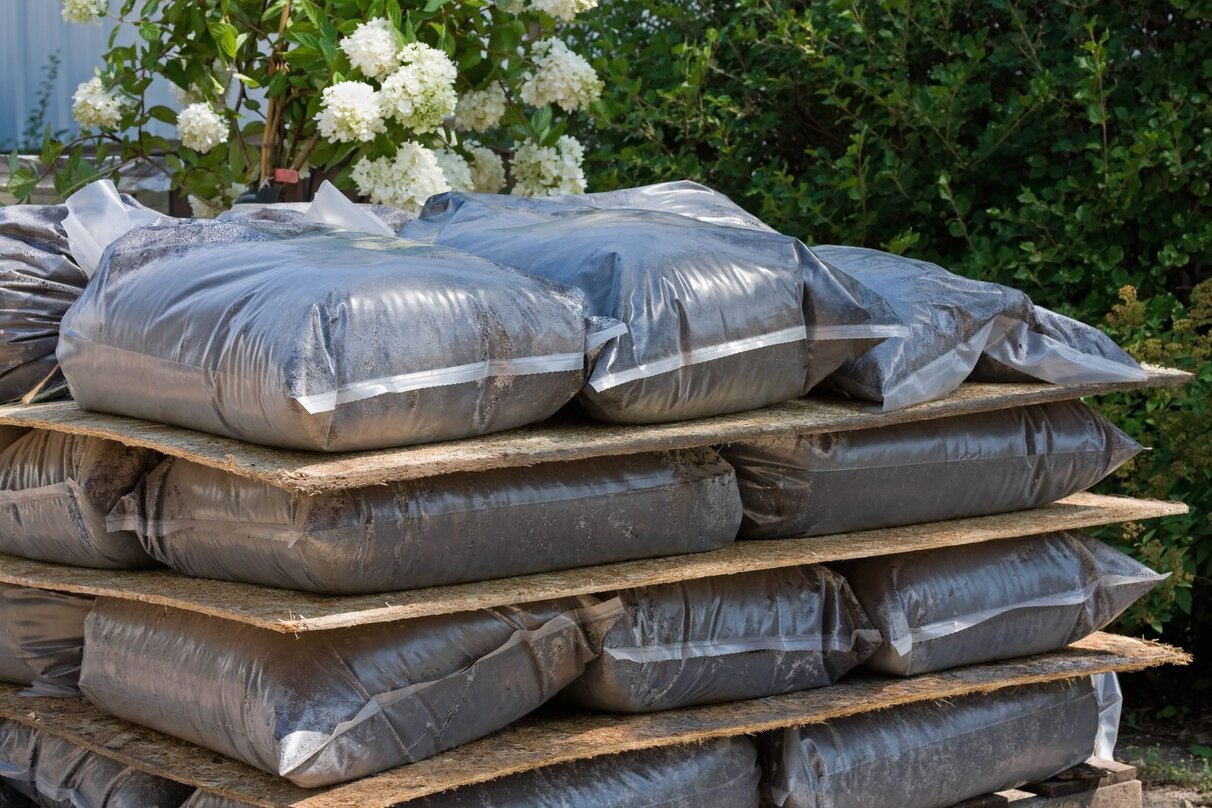
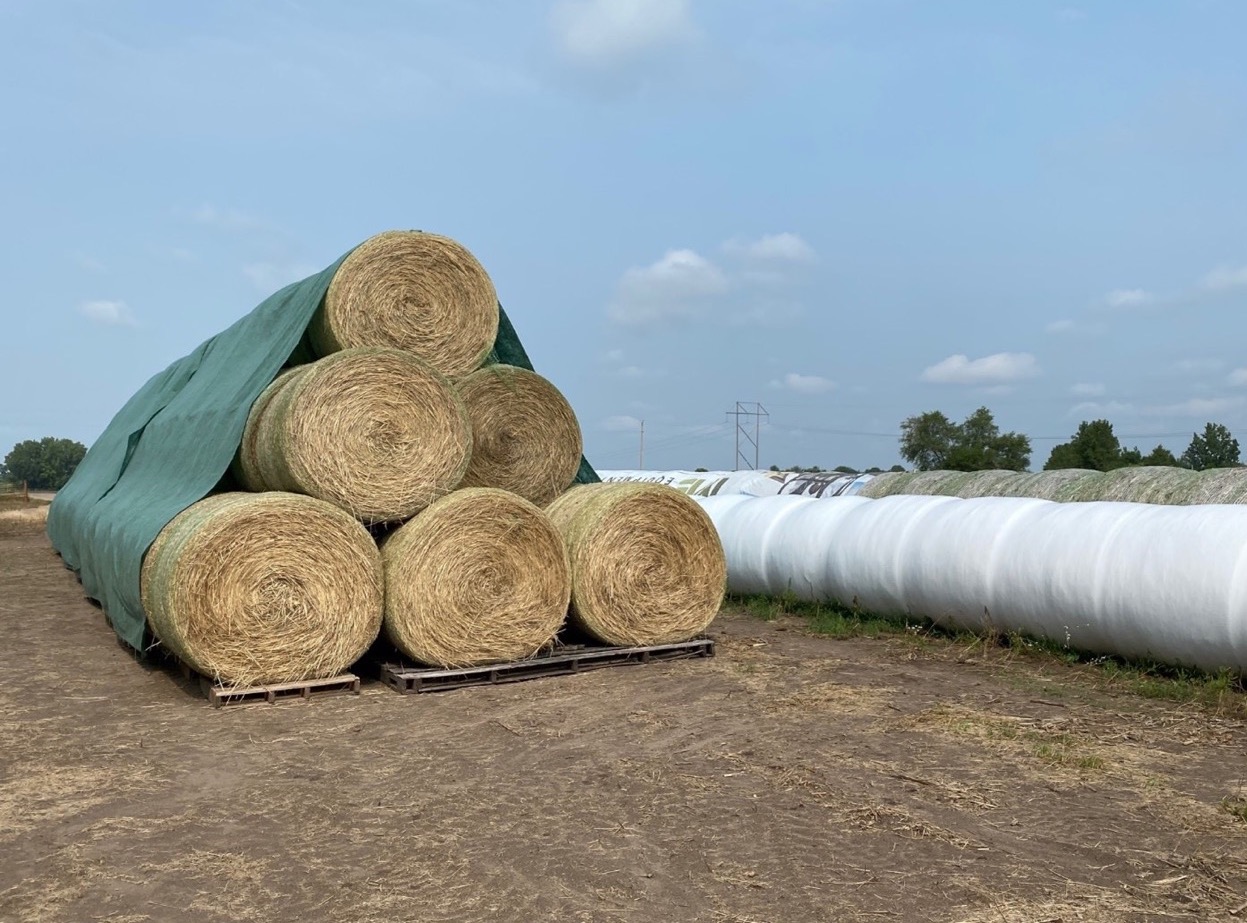
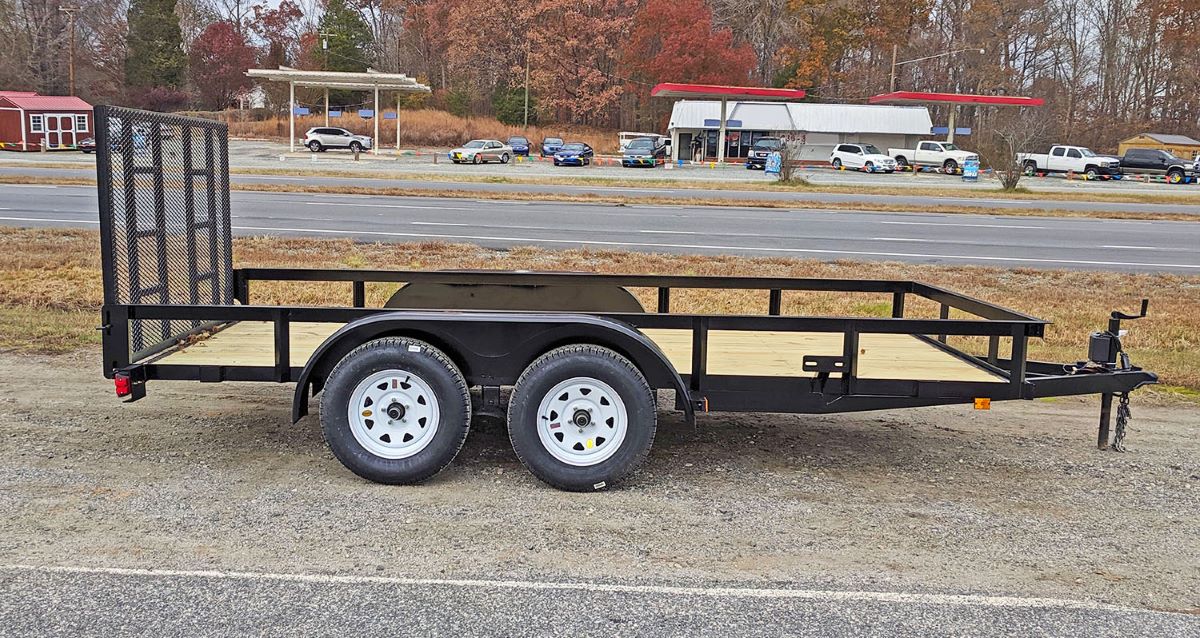
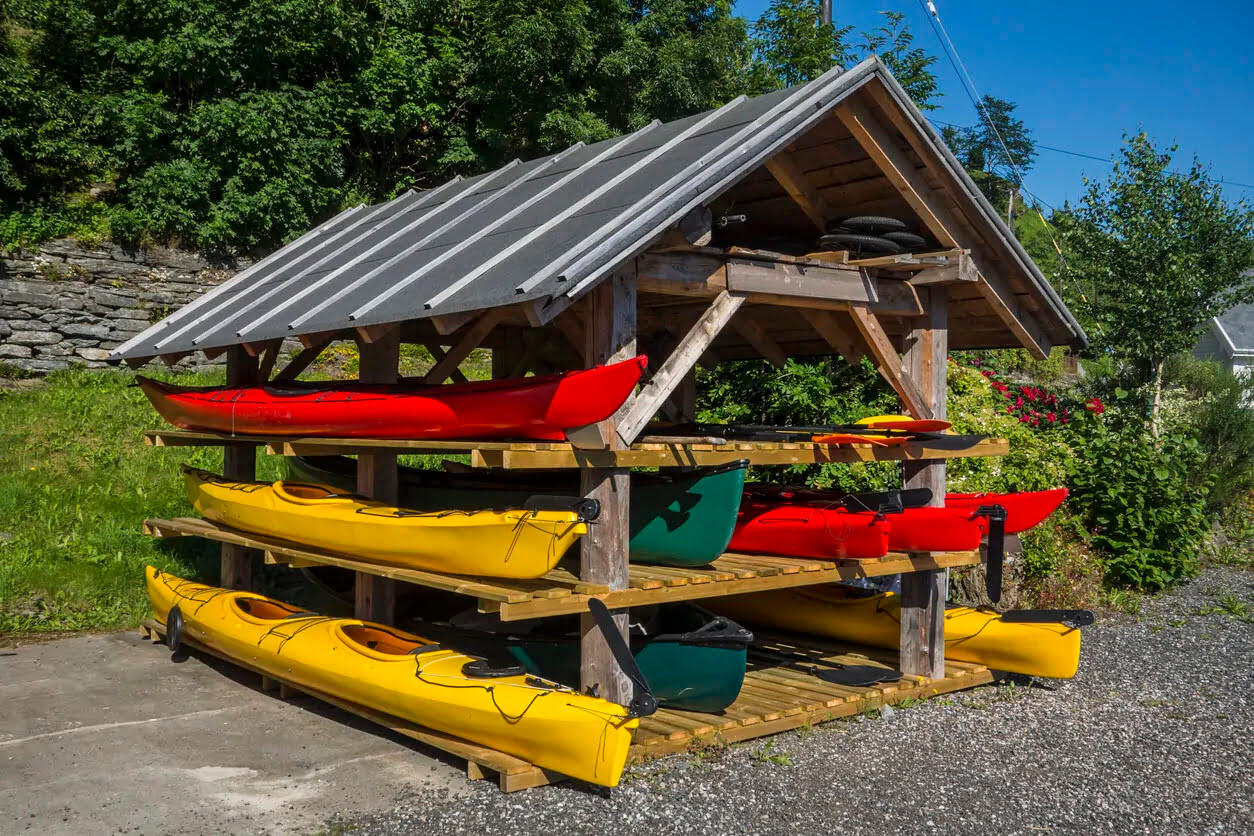
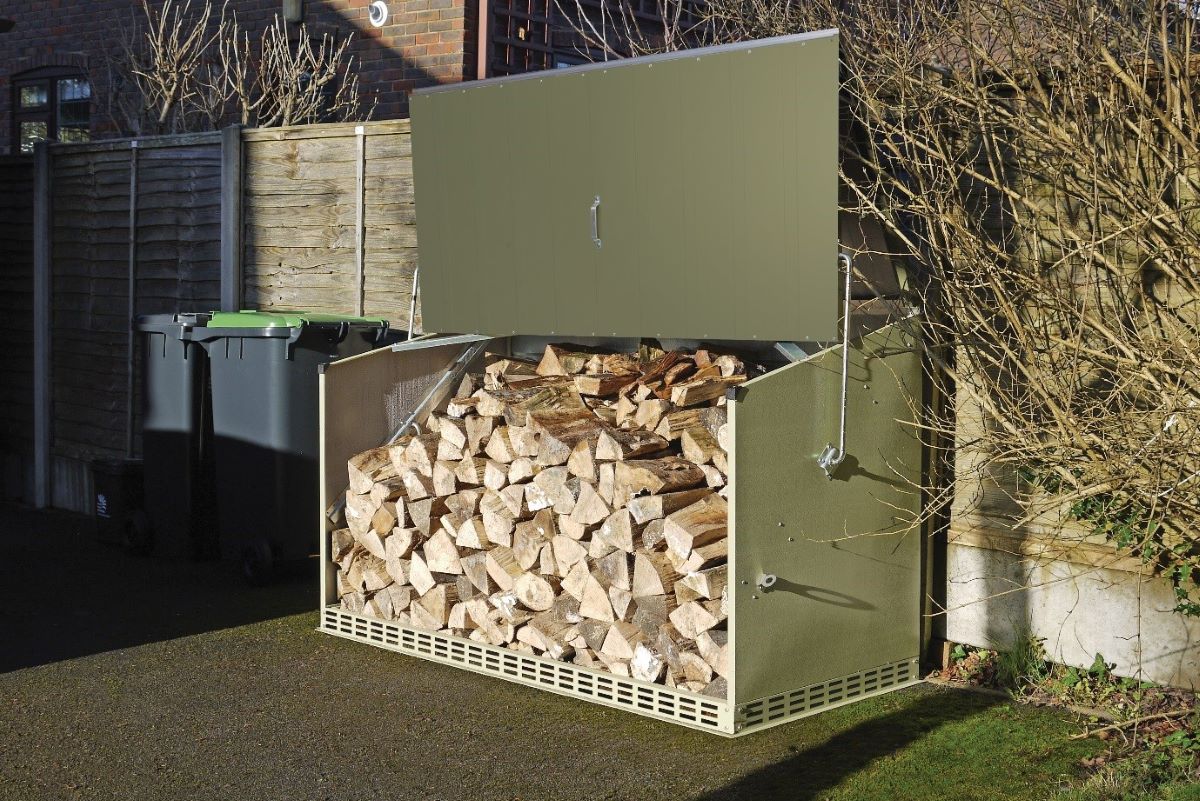

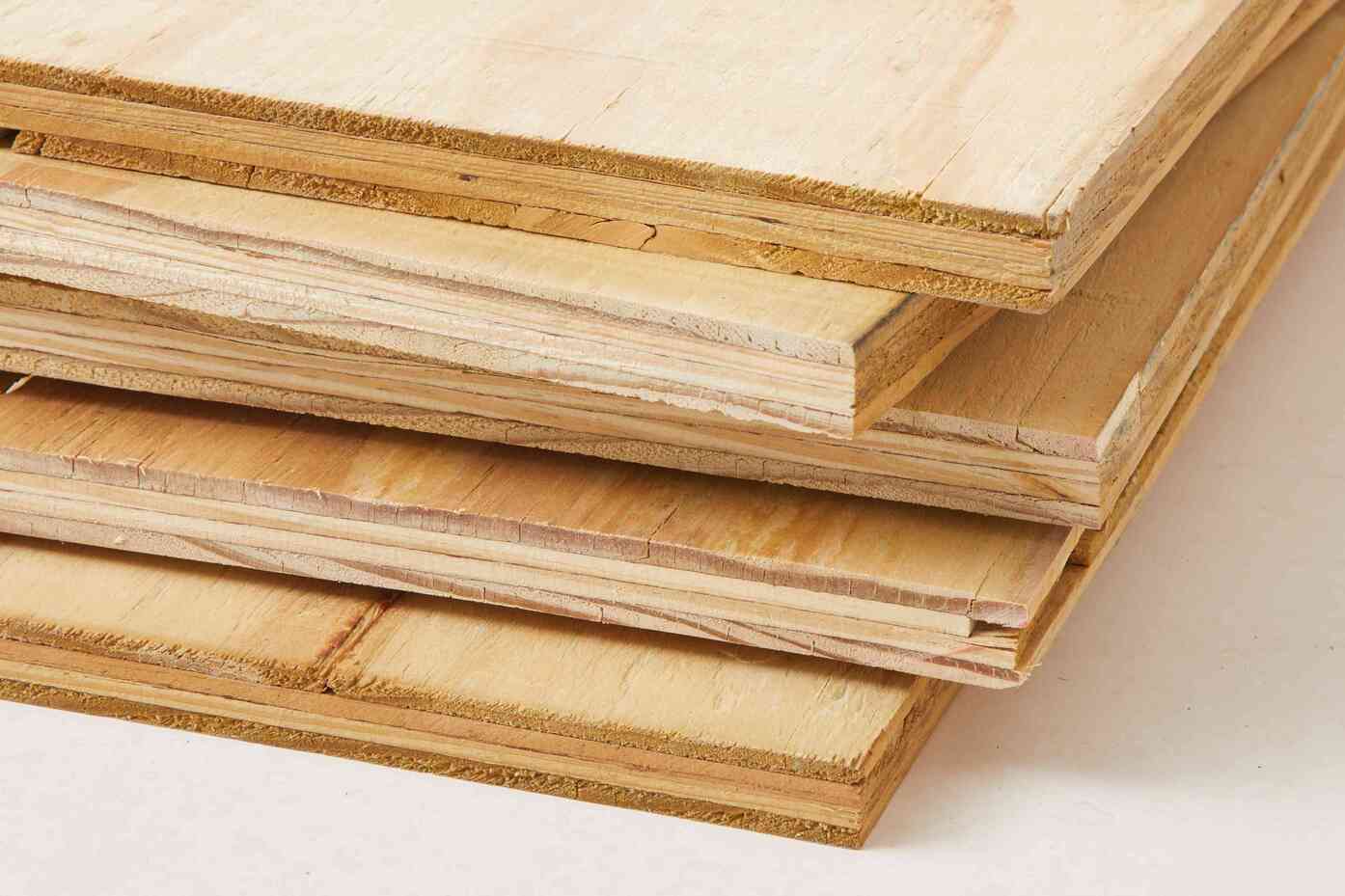
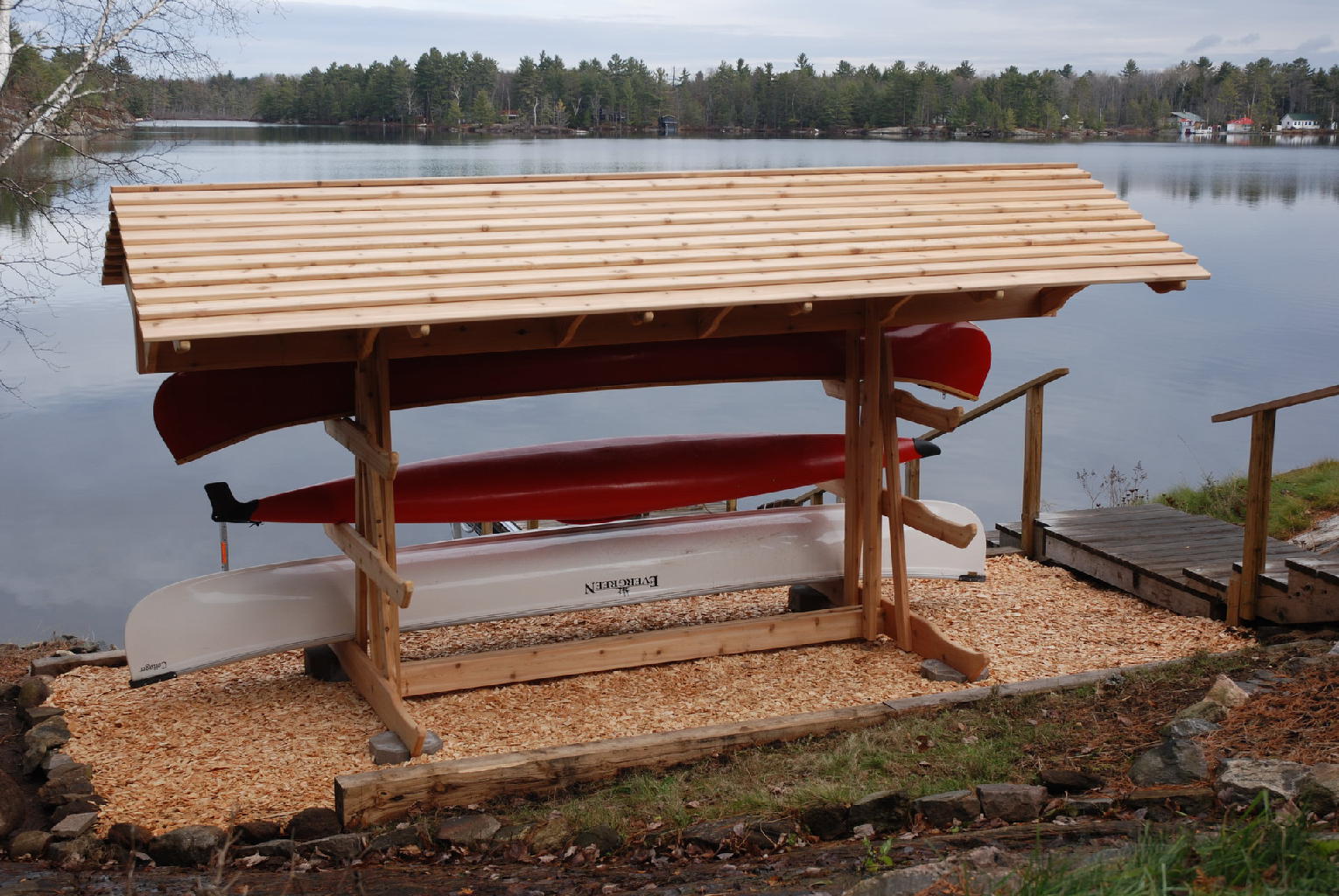






0 thoughts on “How To Store Wood Outside”